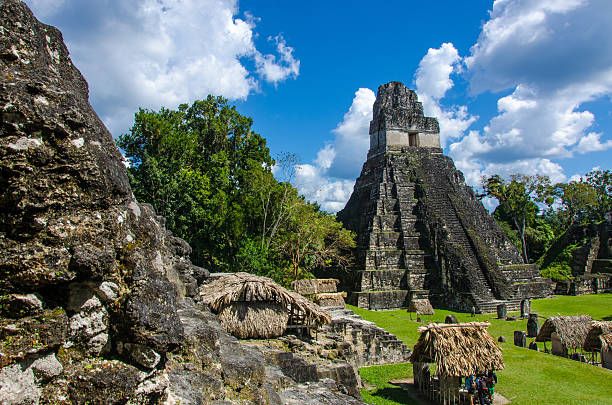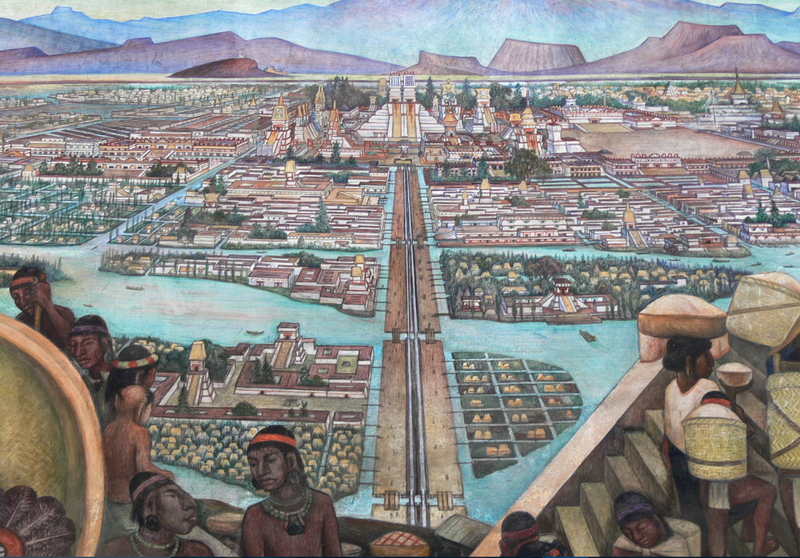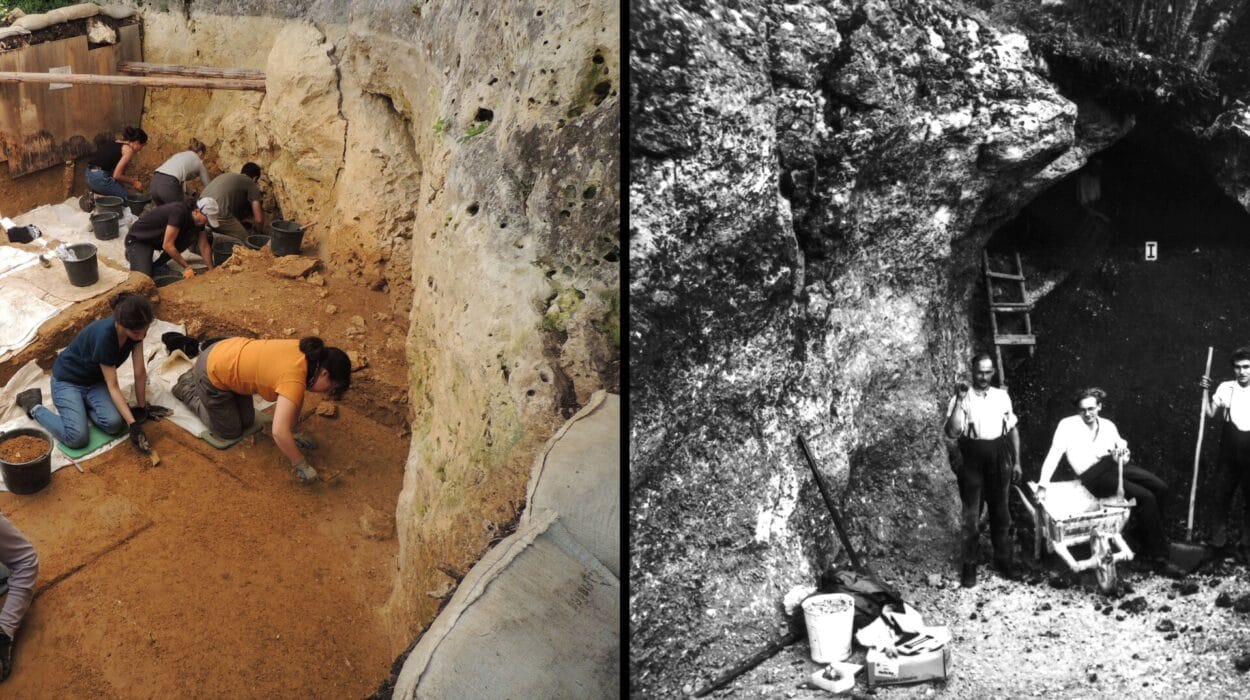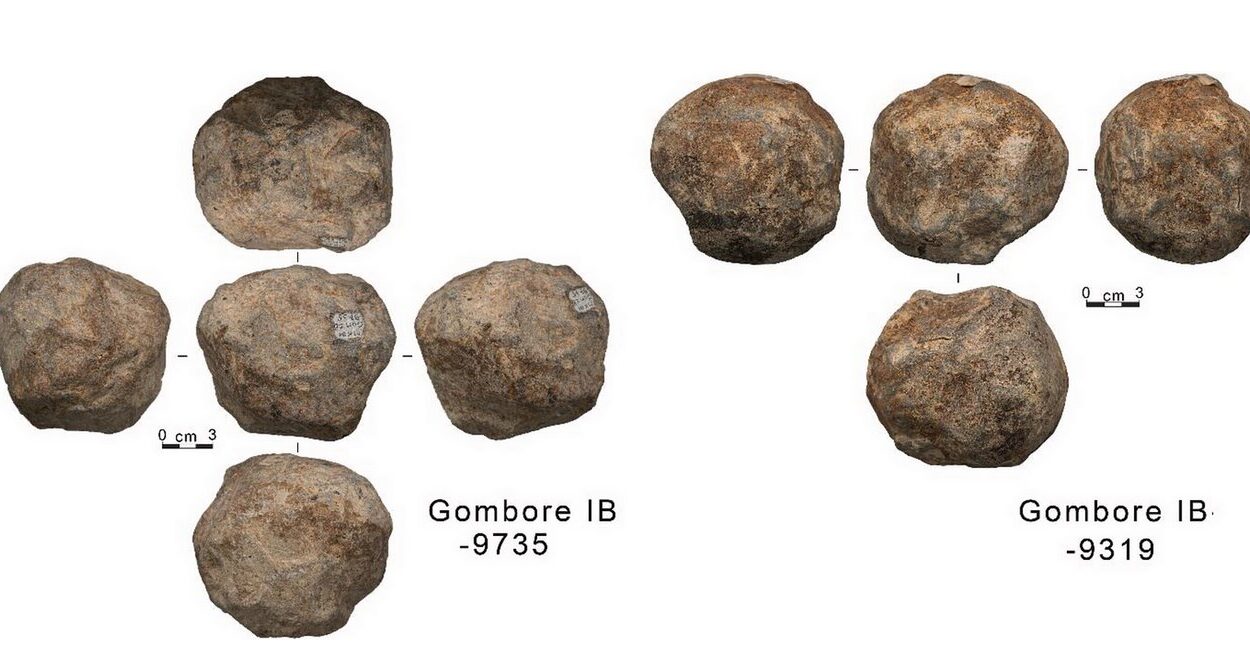In a fascinating new study, scientists have pinpointed a more specific timeline for when Neanderthals and early humans likely intermingled, confirming that the two groups did indeed mix around 45,000 years ago. This research, which was published in the prestigious journals Science and Nature, sheds light on the intricate genetic legacy left by this interbreeding event, a topic that has intrigued anthropologists for decades.
While the exact moment of interaction remains elusive, modern genetic techniques are providing increasing clarity on when and how humans and Neanderthals crossed paths. The research centers around the analysis of ancient human genomes, which have offered new insights into how our ancestors and Neanderthals intertwined during their coexistence.
The Human Journey: From Africa to Europe and Asia
Modern humans, classified as Homo sapiens, emerged in Africa hundreds of thousands of years ago. Over time, they spread across the globe, moving through Europe, Asia, and beyond. Along the way, these humans encountered various groups of ancient human relatives, including the Neanderthals and the Denisovans. These interactions, particularly the genetic mingling with Neanderthals, have left a lasting imprint on the DNA of modern humans.
The Neanderthals, an extinct species of humans, lived in Europe and parts of Asia until they disappeared about 40,000 years ago. For a long time, scientists knew that Homo sapiens and Neanderthals had shared the Earth at the same time, but the details of their interactions remained uncertain. Were these encounters merely casual, or did they lead to more sustained interbreeding? This new study provides significant evidence supporting the theory that early humans and Neanderthals had repeated interactions, including the mating that occurred around 45,000 years ago, a time frame slightly more recent than previously thought.
Genetic Clues from Ancient Bones
The breakthrough came from the careful examination of ancient bone fragments and human skulls found in various archaeological sites. One of the most significant discoveries was the skull of a woman named Zlatý kůň, also known as the Golden Horse, discovered in the Czech Republic. This skull provided critical genetic material, which researchers used to trace back to the Neanderthal genes carried by this early human population.
In addition to the Zlatý kůň skull, bone fragments from another early human population in Ranis, Germany also played a key role in pinpointing the timeline of interbreeding. These fragments, found about 140 miles (230 kilometers) away from the Golden Horse skull, contained snippets of Neanderthal DNA, suggesting that mating between the two species occurred in a narrow window around 45,000 years ago.



These genetic markers have allowed scientists to reconstruct the events of this time with more precision. According to Priya Moorjani, a study co-author from the University of California, Berkeley, the genetic data collected from these ancient samples allows researchers to “paint a picture in more and more detail” of how these ancient human populations interacted. As a result, we can better understand the dynamics between early Homo sapiens and Neanderthals.
The Lasting Impact of Neanderthal DNA
Although the Neanderthals are long extinct, their genetic legacy continues to shape our biology. In fact, most modern humans of non-African descent carry traces of Neanderthal DNA in their genomes. This legacy is particularly noticeable in areas related to immune system functioning, metabolism, and even some aspects of physical appearance such as skin color, hair color, and nose shape.
One of the most interesting aspects of Neanderthal genes in modern humans is their connection to immunity and metabolism. Research has shown that Neanderthal genetic material plays a role in helping humans adapt to new environments outside of Africa, where our ancestors encountered different climates and diseases. Some of these genes likely offered early humans advantages in survival, aiding in immune defense and the ability to metabolize certain foods more efficiently.
A Hidden History in Our DNA
Our genetic code is not just a record of Neanderthal contributions, but also a reminder of our relationships with another extinct human cousin: the Denisovans. This group of humans, whose remains were first discovered in Denisova Cave in Siberia, left their mark on the genetic makeup of certain populations, especially those in Asia and Oceania. Denisovan genes, like Neanderthal DNA, can still be traced in modern populations, adding to the complexity of our genetic inheritance.
The presence of Neanderthal and Denisovan genes in our DNA reveals a complex story of human evolution, migration, and interbreeding. While much of our genetic identity comes from our direct ancestors in Africa, the influence of other hominin species adds an intriguing layer to our evolutionary history. These genetic remnants are not just biological footnotes but also offer insights into our adaptation and survival as a species.
Unraveling Our Ancient Past
For decades, scientists have been working to decipher how modern humans emerged, adapted, and eventually thrived. This new research adds a critical chapter to that story, offering us a clearer picture of the interactions between Homo sapiens and their closest extinct relatives, the Neanderthals. By studying ancient genes, researchers are not only able to pinpoint when these interactions occurred but also how they shaped our evolution.
Rick Potts, the director of the Smithsonian’s Human Origins Program, has highlighted that one of the most compelling areas of scientific investigation is understanding the deep questions of human origin and identity. “Out of many really compelling areas of scientific investigation, one of them is: well, who are we?” Potts said. His comment underscores the significance of this research—not just for understanding the specifics of human history, but also for exploring what makes us who we are today.
As genetic studies continue to advance, scientists are increasingly able to separate the threads of our ancient past, untangling the mysteries of who we are and how we became what we are. The genetic mixing between Neanderthals and humans, and the interbreeding with other hominin groups like the Denisovans, paints a picture of an incredibly diverse, interconnected human past—one that is still being written.
In the future, as more genetic data is uncovered, scientists will likely continue to uncover new revelations about the intricate relationships between ancient humans, Neanderthals, and Denisovans. Every new discovery enriches our understanding of how these ancient groups shaped the modern human experience and how we, in turn, carry the legacy of these once closely-related species within us today.
References: Leonardo N. M. Iasi et al, Neanderthal ancestry through time: Insights from genomes of ancient and present-day humans, Science (2024). DOI: 10.1126/science.adq3010
Arev P. Sümer et al, Earliest modern human genomes constrain timing of Neanderthal admixture, Nature (2024). DOI: 10.1038/s41586-024-08420-x





